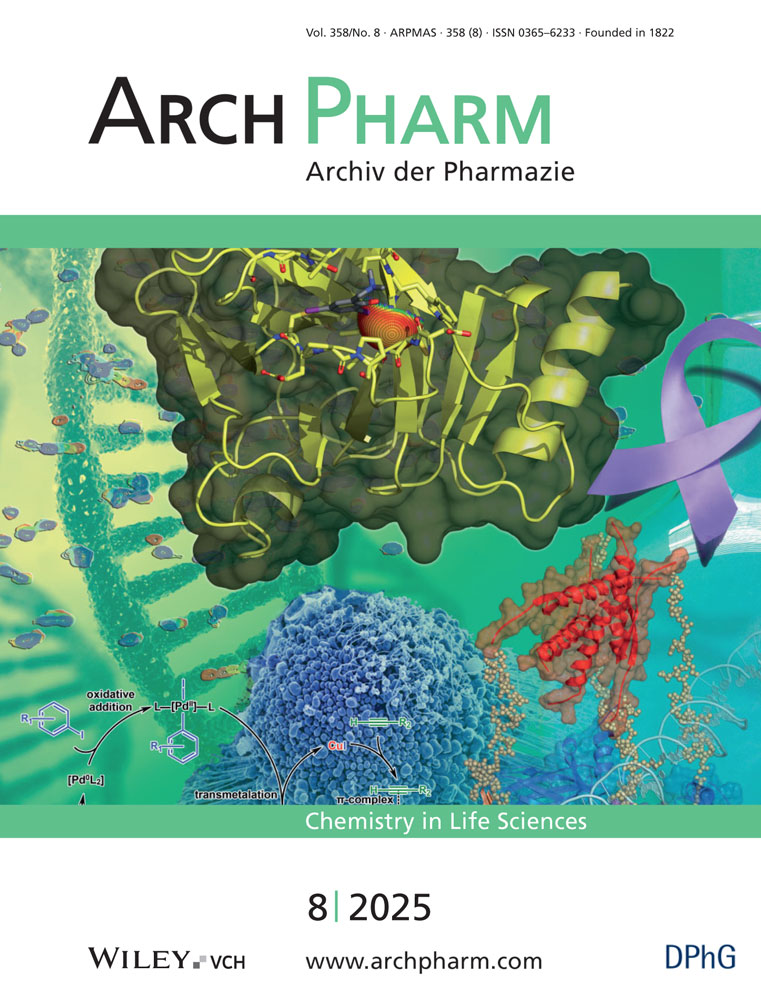Synthesis and Antibacterial Activity of Fused 1, 2, 4-Triazolo[4, 3-a]quinoxaline and Oxopyrimido[2′, 1′:5, 1]-1, 2, 4-triazolo[4, 3-a]quinoxaline Derivatives
Abstract
A new series of potential antibacterial agents having tricyclic 1, 2, 4-triazolo-[4, 3-a] quinoxaline fused with one or more heterocyclic rings was synthesized via several routes. The tricyclic 1-amino-4-chloro-1, 2, 4-triazolo[4, 3-a] quinoxaline (2 ) and tetracyclic 1, 6-diamino-bis-1, 2, 4-triazolo[4, 3-a:3, 4-c] quinoxaline (3) were synthesized from 2, 3-dichloroquinoxaline (1) with two or four equivalents of thiosemicarbazide, respectively. Compound 2 was allowed to react with different aldehydes, alkoxides, cyclic amines, phenyl isothiocyanate, and t-butyl isocyanate to afford the corresponding quinoxaline derivatives. Moreover, compound 2 reactedwithhydrazine hydrate to give compound 4 which was cyclized by carbondisulfide inalcoholic potassium hydroxide to give the tetracyclic compound 5 . Compound 2 was subjected to another cyclocondensation reaction using diethyl ethoxymethylene malonate (DEMM), dimethyl acetylenedicarboxylate (DMAD), and ethyl cyanoacetate to give the tetracyclic compounds 18 , 20 , and 21, respectively. All the synthesized compounds were evaluated in vitro for antibacterial activity; compounds 18 and 20 were found to display the greatest antibacterial activities. Structural identification was provided by elemental analyses, IR, and 1H-NMR spectroscopy.




